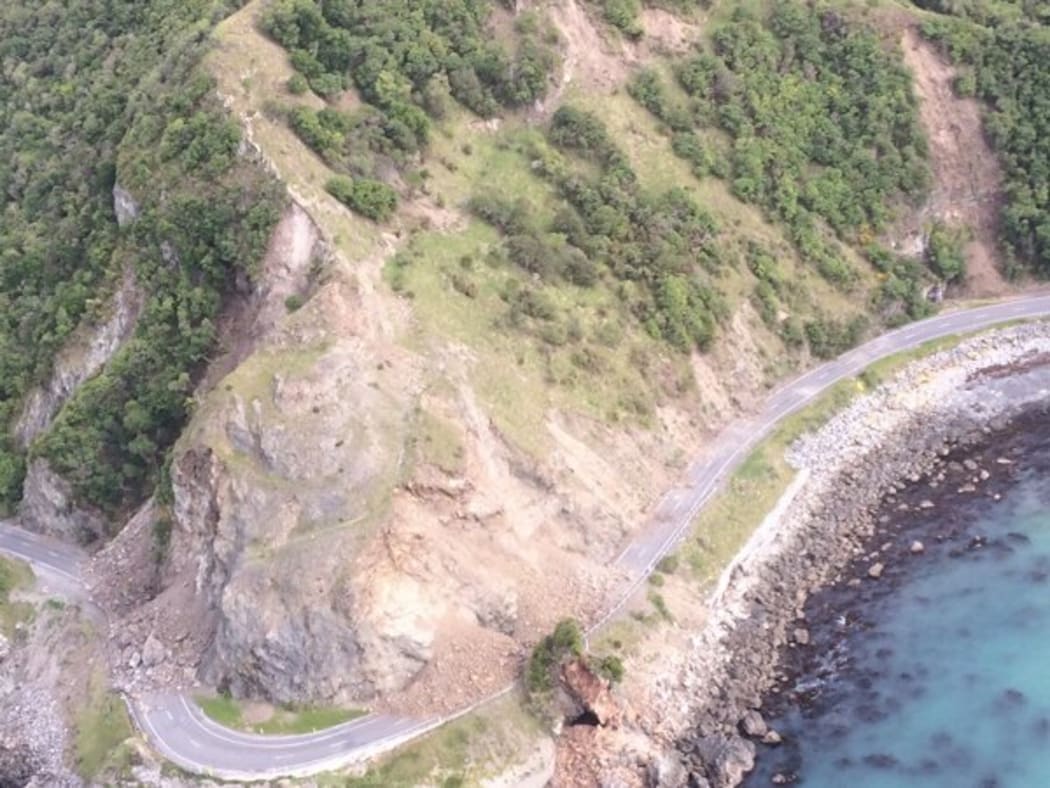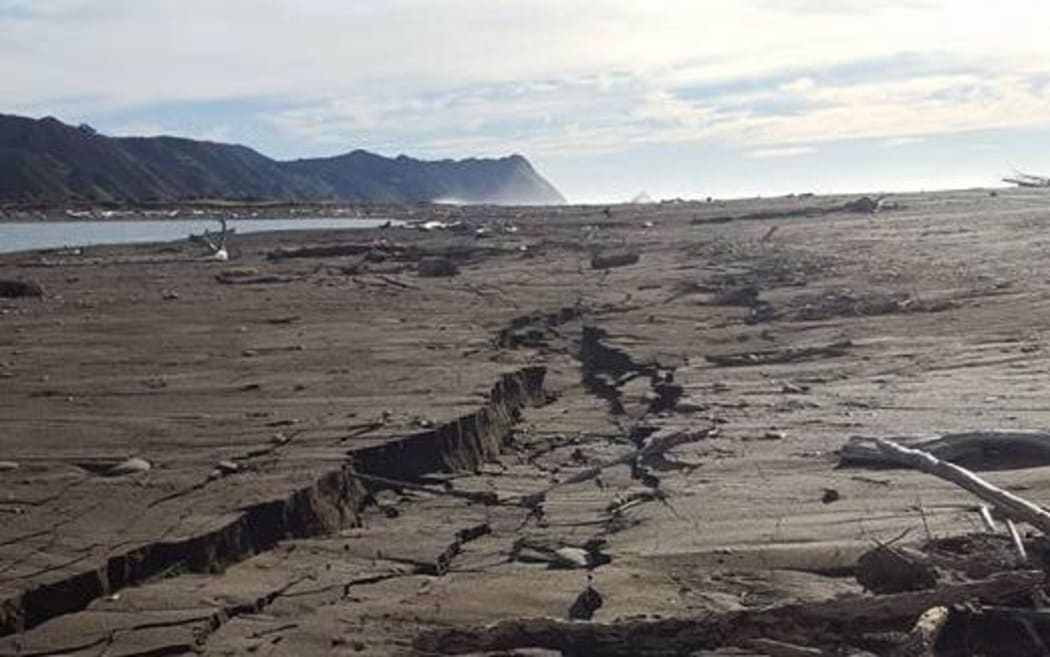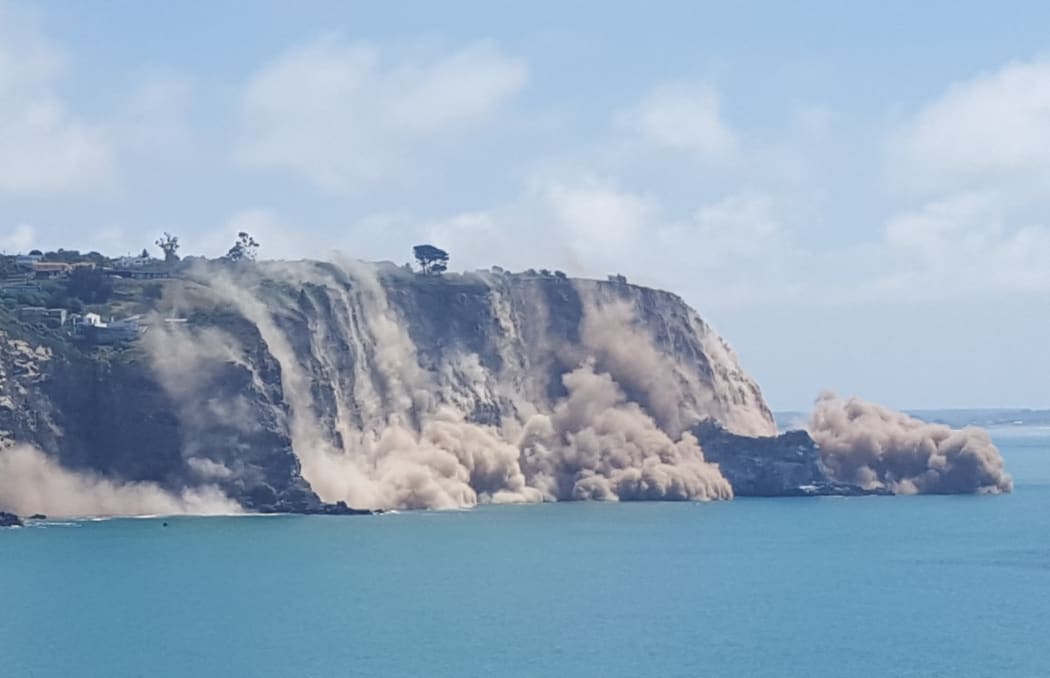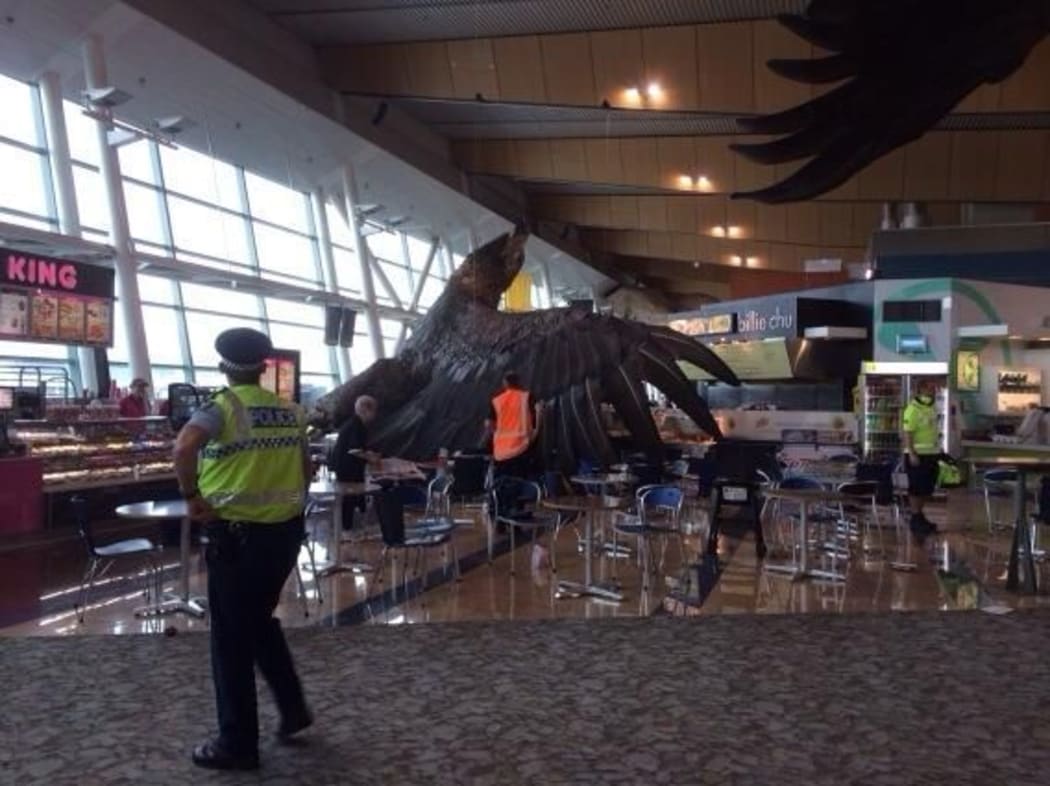This morning's 7.5 earthquake near Hanmer Springs is the biggest to shake New Zealand since Christchurch was devastated by a 6.3 magnitude quake in February 2011.

Earthquake damage and slips around Kaikoura after the Hanmer Springs earthquake on 14 November. Photo: Garden City Helicopters
Residents as far away as Auckland reported being woken by the earthquake, which struck just after midnight, and the full extent of the damage was still being assessed throughout the day.
GNS said today's quake released 30 times as much energy as the devastating Christchurch quake, but was dispersed over a far greater area. Aftershocks as strong as 6.3 have been registered through the day.
However, there have been a number of major quakes in New Zealand in the six years since the Canterbury earthquakes, with the country living up to its Shaky Isles reputation.
GNS seismologist Bill Fry said the 7.5 magnitude earthquake was not localised to the epicentre in Culverden, but appears to have struck across a large stretch of land in the South Island.
He said the complex earthquake created long-lasting movements in the earth's crust.
Mr Fry said it was the biggest earthquake New Zealand had had since the Dusky Sound earthquake that happened in Fiordland some time ago.
Mr Fry said the aftershocks were likely to continue for the next few days.

The 7.1 magnitude earthquake left large cracks in the sand at Rangitukia Beach near Te Araroa. Photo: Ali Rewi
Te Araroa earthquake, 2016
People across the North Island were shaken awake by a 7.1 magnitude quake at 4.37am on 2 September 2016. It was located 125km north-east of Te Araroa in the Gisborne region.
A tsunami warning was issued for the north and east coasts of the North Island and the upper South Island. Civil Defence said waves measuring 30cm high were recorded at the East Cape and Great Barrier tide gauges.
Two power outages occurred, affecting 300 homes in the Gisborne region.
No injuries or significant damage to buildings were reported. EQC received 48 claims for damage by 4.30pm that day.

The view from Godley Head Track of a cliff collapsing near Sumner. Photo: RNZ/ Sally Murphy
Christchurch Valentines Day quake, 2016
A magnitude 5.7 earthquake struck Christchurch at 1.13pm on 14 February, only a few days before the fifth anniversary of the big Christchurch quake that claimed 185 lives.
The Valentine's Day quake was the largest in the city in four years.
It caused a cliff to collapse at Whitewash Heads, and liquefaction to bubble up from the ground, but there were no reports of serious injuries or damage to buildings.
It also left 500 houses without electricity immediately afterwards.
The quake was located 10km east of the city and has been linked to the 4 September 2010 Canterbury earthquake.

At Wellington Airport, a giant eagle sculpture came down following the 2014 quake. Photo: @KrisLeysen1 / Twitter
Eketahuna earthquake, 2014
An earthquake struck 15km east of Eketahuna just before 4pm on January 20 2014. Classified as "severe" by GeoNet, the 6.2 quake damaged homes and closed roads in the lower North Island.
Three 1920s buildings in Masterton were evacuated after cracks appeared in the walls, and one was demolished the following year. No one was seriously hurt.
The earthquake caused one of the giant eagles promoting The Lord of the Rings film trilogy to break from the cables attaching it to the roof of the Wellington airport.
A total 1112 aftershocks were recorded, ranging between magnitudes 2.0 and 4.9 on the Richter scale.

The New World Chaffer's supermarket in Wellington after the 2013 quake Photo: SUPPLIED
Lake Grassmere and Seddon earthquakes, 2013
The Lake Grassmere earthquake was a magnitude 6.6 earthquake that occurred at 2.31pm on 16 August 2013. Seismologists considered it to be a "doublet" of a magnitude 6.5 earthquake that occurred in the Cook Strait a month earlier.
The epicentre was located 10km south-east of Seddon and the small Marlborough community suffered the most damage from the quakes, with many homes being significantly damaged. Eight had to be evacuated.
Although there were no casualties, the EQC received over 12,000 damage claims, the highest number of claims second only to the Canterbury quakes. EQC estimated $50 million of damage had been done.
The quake was strongly felt in Wellington and many workers in the CBD went home early, despite disruptions to public transport. Landslips blocked the main highway between Christchurch and Blenheim.
Opunake earthquake, 2012
A magnitude 7.0 quake rattled the west coast of the North Island at 10.36pm on 3 July 2012.
The quake was centred out to sea at a depth of 230km, 60km south of Opunake in Taranaki.
No tsunami warning was issued. Seismologist Lara Bland told RNZ it occurred too deep for the sea floor to be disturbed.
The quake was widely felt from the Bay of Plenty in the North Island to Dunedin in the South Island but there were no reports of serious damage.
Christchurch earthquake, June 2011
A severe earthquake of magnitude 6.0 struck 10km east of Christchurch at a depth of 7km at 2.20pm on 13 June 2011. It was considered an aftershock of the February quake.
Tremors began that day at 7.37am and continued throughout the day, including a short, sharp jolt at 1pm.
The earthquake destroyed some buildings and caused additional damage to structures that had been affected by the previous Canterbury earthquakes. The damaged tower of the historic Lyttelton Timeball Station was scheduled for dismantling, but was brought down by the quake. Phone lines were down and power outages affected 54,000 homes in the region.
Forty-six people were taken to hospital and one elderly man died after being knocked unconscious.

